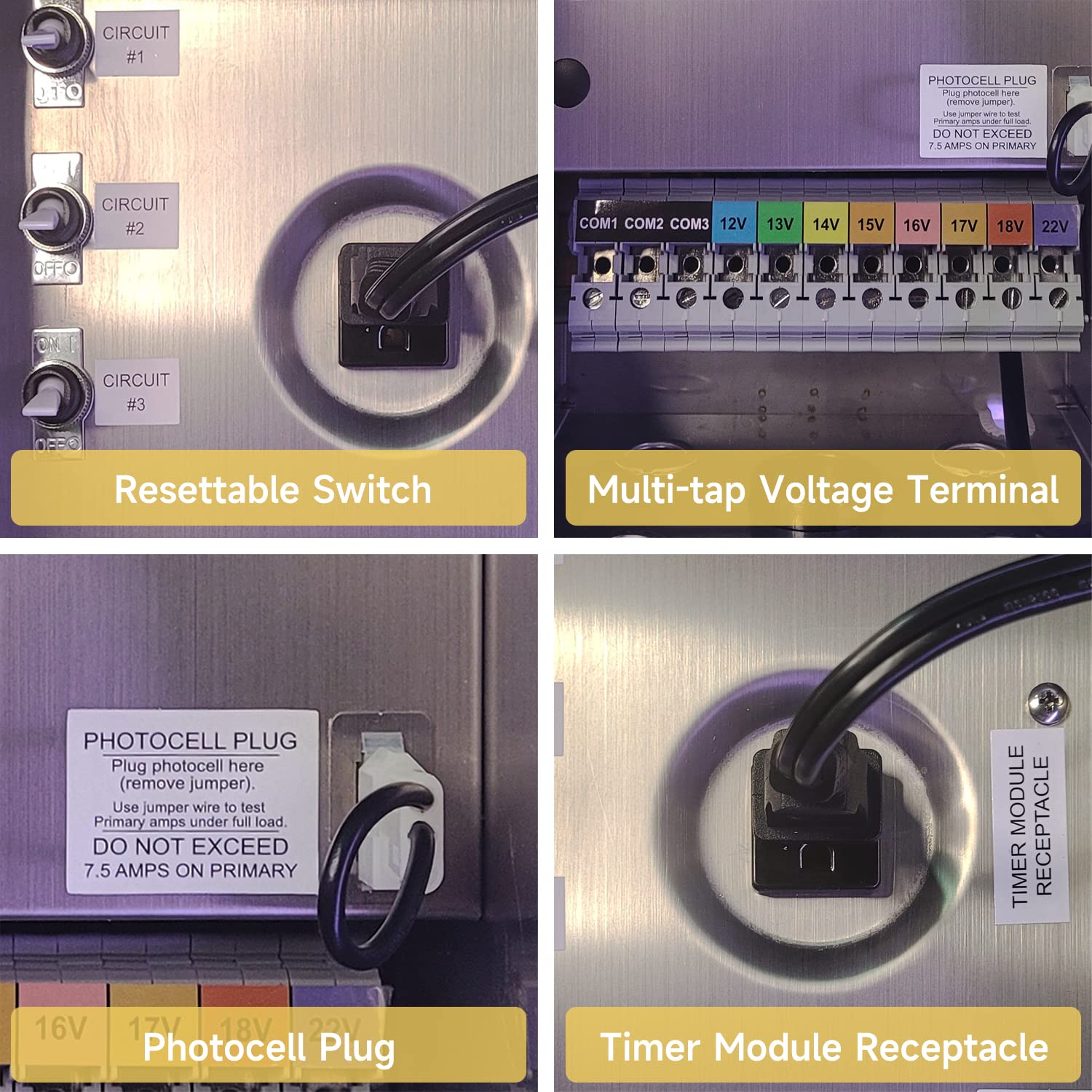When considering an outdoor landscape lighting power source, solar-powered options have gained significant popularity. These fixtures harness sunlight to illuminate gardens, pathways, and patios. However, like any technology, they come with their own set of advantages and disadvantages.

Understanding Solar-Powered Outdoor Landscape Lighting
Solar-powered outdoor landscape lighting utilizes photovoltaic cells to convert sunlight into electricity. This energy is stored in batteries and used to power LED lights at night. But what are the real benefits of this outdoor landscape lighting power source? Let's delve deeper.
Advantages of Solar-Powered Lighting
- Energy Efficiency: Solar lights operate independently of the electrical grid, reducing energy costs.
- Easy Installation: Without the need for wiring, solar lights can be installed almost anywhere.
- Environmentally Friendly: Utilizing renewable energy sources, solar lighting contributes to a reduction in carbon footprint.
- Low Maintenance: Most solar lights require minimal upkeep, making them a convenient choice for homeowners.
Disadvantages of Solar-Powered Lighting
- Dependence on Sunlight: The efficiency of solar lights can be significantly affected by weather conditions and seasonal changes.
- Limited Brightness: Solar lights may not provide the same level of brightness as traditional wired options.
- Battery Lifespan: Over time, the batteries may need replacement, which can incur additional costs.
- Initial Cost: While operational costs are low, the initial investment can be higher compared to conventional lighting systems.
Choosing the Right Outdoor Landscape Lighting Power Source
When selecting an outdoor landscape lighting power source, consider your specific needs. If you live in an area with ample sunlight, solar-powered lights may be ideal. However, if your landscape requires consistent and bright illumination, you might want to explore other options, such as wired systems or low-voltage lighting.
Installation Tips for Solar-Powered Lights
To maximize the effectiveness of your solar-powered outdoor landscape lighting, follow these guidelines:
- Choose locations that receive direct sunlight for most of the day.
- Ensure the solar panels are clean and free from debris.
- Position lights at appropriate heights to enhance visibility and aesthetics.
Conclusion
In summary, solar-powered outdoor landscape lighting offers a unique outdoor landscape lighting power source that is both eco-friendly and cost-effective. However, it is essential to weigh the pros and cons before making a decision. For those interested in exploring more options, consider checking out for various outdoor lighting solutions.

